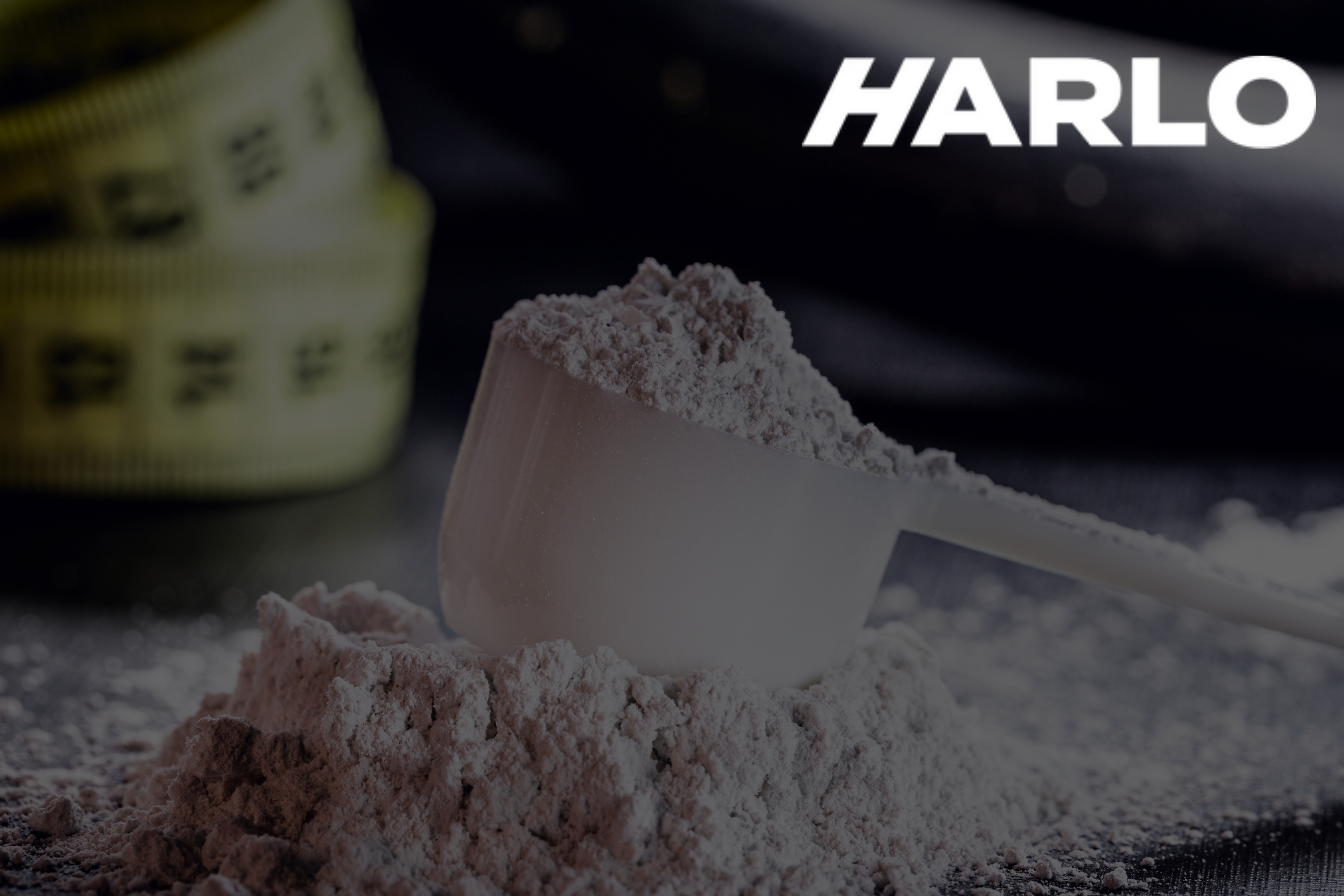Are you tired of hitting a plateau in your fitness journey? Learn how timing can be the game-changer in unlocking the full potential of Creatine Monohydrate
Creatine Monohydrate, a popular supplement used in the fitness world, has gained significant attention for its potential benefits in enhancing athletic performance. This naturally occurring compound is found in small amounts in foods like meat and fish, but its supplementation has become a popular choice among athletes and bodybuilders to maximize their gains.
But why is timing crucial for maximizing the effectiveness of Creatine Monohydrate? Understanding when and how to take this supplement can play a vital role in optimizing its benefits.
Understanding Creatine Monohydrate
Creatine Monohydrate is a popular dietary supplement that is commonly used by athletes and bodybuilders to enhance their performance and build muscle mass. It is a compound that is naturally synthesized in the body, mainly in the liver, kidneys, and pancreas. However, it is also found in certain types of meat and fish.
Creatine Monohydrate offers several benefits to its users. Firstly, it provides an immediate energy source for high-intensity exercise. It works by donating a phosphate molecule to ADP, replenishing ATP stores in the muscles, which is the main source of energy for muscular contraction. This enables athletes to perform better during short bursts of intense exercise such as weightlifting or sprinting.
Furthermore, Creatine Monohydrate plays a crucial role in muscle growth and repair. It promotes protein synthesis, increases muscle cell volume, and enhances the water content in the muscles. This leads to improved muscle strength, power, and endurance.
Additionally, Creatine Monohydrate has been found to have neuroprotective properties, which means it helps in protecting brain cells from damage. It may also be beneficial for certain medical conditions like muscular dystrophy, Parkinson’s disease, and heart failure. However, further research is needed to establish its efficacy in these areas.
Factors Affecting the Timing of Creatine Monohydrate Intake
The timing of creatine monohydrate intake can be affected by various factors including the type of workout or exercise routine, individual metabolism and response to supplementation, and the goals for taking creatine monohydrate.
The type of workout or exercise routine plays a crucial role in determining the timing of creatine monohydrate intake. For example, if someone is engaged in a high-intensity, short-duration exercise like weightlifting or sprinting, it is often recommended to take creatine monohydrate before the workout to ensure that the muscles have an adequate supply of creatine during the training session. On the other hand, if the exercise routine consists of long-duration endurance activities like distance running or cycling, it may be more beneficial to take creatine monohydrate after the workout to support muscle recovery and replenish energy stores.
Individual metabolism and response to supplementation is another important factor to consider when determining the timing of creatine monohydrate intake. Some individuals may experience better results when taking creatine monohydrate before a workout, while others may find it more effective when taken after. It is recommended to experiment with different timing strategies and observe how the body responds to determine the optimal timing for each individual.
Furthermore, the goals for taking creatine monohydrate can also influence the timing of its intake. For individuals primarily looking to enhance muscle building and strength, taking creatine monohydrate before a workout may be more beneficial as it can increase exercise performance and promote muscle protein synthesis. On the other hand, for those focused on endurance or recovery, taking creatine monohydrate after a workout can aid in replenishing glycogen stores and enhancing muscle recovery.
Best Timing Strategies for taking Creatine Monohydrate
When it comes to supplementation, timing can often be just as important as the supplement itself. This is especially true for creatine monohydrate, a popular and effective supplement for increasing muscle strength and mass. Proper timing strategies can maximize the benefits of creatine monohydrate, ensuring that athletes and fitness enthusiasts get the most out of their supplementation.
Pre-Workout
Pre-workout supplements have gained popularity among gym-goers and fitness enthusiasts due to their numerous benefits. These supplements are specially formulated to enhance workouts and maximize performance. By taking a pre-workout supplement before hitting the gym, individuals can experience improved energy levels, increased endurance, enhanced focus, and reduced muscle fatigue.
One of the main benefits of pre-workout supplements is increased energy. They often contain ingredients like caffeine, which stimulates the central nervous system and provides a boost of energy to power through intense workouts. Additionally, these supplements commonly contain amino acids such as beta-alanine and citrulline, which help delay the onset of fatigue and allow for longer, more productive workouts.
Pre-workout supplements also aid in improving endurance. Ingredients like creatine monohydrate help increase phosphocreatine levels in the muscles, allowing for bursts of energy during high-intensity exercises. This leads to improved performance and prolonged workout sessions.
Another advantage of pre-workout supplements is enhanced focus. Ingredients like tyrosine and B vitamins support mental alertness and concentration, enabling individuals to stay focused and maintain intensity throughout their workouts. This heightened focus can be especially beneficial for those engaging in complex or technical exercises.
To experience the maximum benefits, it is important to take pre-workout supplements at the ideal timing. It is recommended to consume these supplements approximately 30 minutes before exercise to allow enough time for them to be absorbed and start working. However, it is essential to follow the dosage instructions provided by the manufacturer and consult a healthcare professional if unsure.
Post-Workout
After a strenuous workout, it is essential to take the time to recover and properly nourish your body. This post-workout period is crucial for maximizing the benefits of your exercise regimen. Taking the time to refuel and recharge not only enhances your overall fitness but also helps prevent injuries and aids in muscle recovery. Let us explore the benefits and ideal timing of post-workout practices.
One of the main benefits of post-workout practices is muscle repair and recovery. When you engage in intense physical activity, your muscles undergo microscopic damage. It is during the recovery phase that these muscles rebuild and become stronger. Adequate protein consumption during this time provides your body with the necessary building blocks to repair and build new muscle tissue.
Additionally, consuming carbohydrates after a workout replenishes your glycogen stores, which get depleted during exercise. This is especially important if you participate in high-intensity exercise or endurance activities. Carbohydrates are your body’s primary source of energy, and refueling with them helps restore your levels and replenish your energy reserves.
Timing plays a crucial role in post-workout practices. It is recommended to consume your post-workout meal or snack within 30 to 60 minutes after exercise. During this window, your muscles are primed to absorb nutrients and promote optimal recovery. Delivering the necessary nutrients to your muscles in a timely manner can help jumpstart the repair and growth process and ensure you get the maximum benefits from your workout.
Rest Days
Rest days are an essential component of any successful fitness routine, bringing a myriad of benefits to both physical and mental well-being. While many individuals may feel inclined to push themselves to the limits every single day, incorporating regular rest days into a workout schedule is key to optimizing results and preventing burnout.
One of the primary benefits of rest days is the opportunity for muscle repair and growth. Intense workouts cause micro-tears in the muscles, and rest days provide the necessary time for these tears to heal, leading to increased strength and stamina. Additionally, rest days help to reduce the risk of overuse injuries by giving the body a chance to recover and prevent excessive strain on joints and connective tissues.
Beyond the physical benefits, rest days are crucial for mental rejuvenation. Continuous exercise can lead to mental fatigue and decreased motivation. Taking regular breaks allows individuals to recharge both mentally and emotionally, enhancing focus and overall performance during subsequent training sessions.
The timing of rest days is equally important. It is recommended to incorporate at least one or two rest days per week, spaced out evenly to allow for maximum recovery. The exact timing will vary based on individual fitness levels and goals, but it is essential to listen to the body and take rest days when needed, especially after particularly intense or strenuous workouts.
Tips for Maximizing the Effectiveness of Creatine Monohydrate Intake
Creatine monohydrate is a popular and effective supplement for improving athletic performance and building muscle mass. To maximize its effectiveness, there are several important tips to follow.
First and foremost, it is crucial to stay hydrated while taking creatine monohydrate. This supplement draws water from the body into the muscles, which can lead to dehydration if adequate fluids are not consumed. Drinking plenty of water throughout the day will not only prevent dehydration but also help the body effectively absorb and utilize the creatine.
Consistency in dosing and timing is also essential for maximizing the effectiveness of creatine monohydrate. It is recommended to take a loading dose of 20 grams per day for the first week, divided into smaller doses throughout the day. After the loading phase, a maintenance dose of 3-5 grams per day is sufficient. Taking creatine at the same time every day, such as with breakfast or post-workout, helps to establish a consistent routine and ensure optimal absorption.
Monitoring progress and adjusting intake accordingly is another key tip. It is important to assess the effects of creatine on your body and adjust the dosage accordingly. Some individuals may respond better to a higher or lower dose, so paying attention to any changes in strength, muscle mass, or overall performance can help determine the ideal amount of creatine monohydrate for your body.

Conclusion
In conclusion, timing is crucial for maximizing the effectiveness of Creatine Monohydrate. While it is generally recommended to take Creatine Monohydrate before or after workouts, it is important for individuals to experiment and find the timing strategy that works best for them. Some people may find that taking it before their workouts provides them with an extra boost of energy and strength, while others may prefer taking it after their workouts to aid in recovery and muscle growth. Ultimately, finding the optimal timing strategy for Creatine Monohydrate intake can greatly enhance its benefits and help individuals achieve their fitness goals. So, whether it’s before, after, or even during workouts, it is essential for individuals to find their own timing sweet spot and capitalize on the advantages of this supplement. Happy experimenting!

